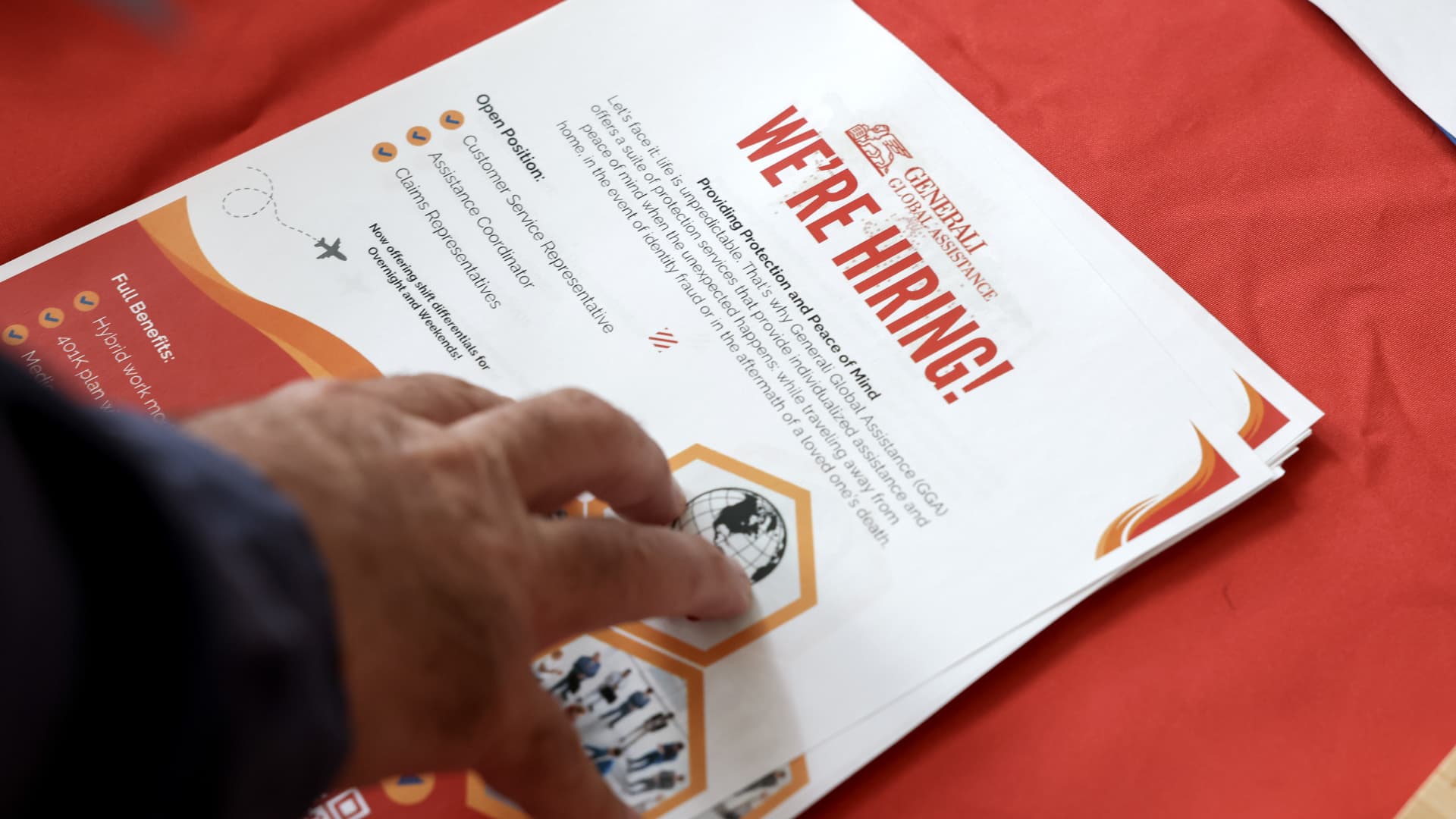Decoding the July Jobs Report: A Deeper Dive into Economic Headwinds
Introduction: A Puzzle of Numbers and Implications
The July jobs report has arrived, and it’s a sobering read. With only 73,000 jobs added—a figure that falls well below economists’ expectations—the U.S. economy is signaling a slowdown. This isn’t just a blip on the radar; it’s a potential warning sign of deeper economic challenges. To understand the full picture, we need to dissect the numbers, explore the underlying factors, and consider the broader implications.
A Disappointing Headline Number: The Tip of the Iceberg
The headline figure of 73,000 new jobs is concerning. It’s a far cry from the 100,000 jobs that economists had anticipated, and it’s a significant drop from the job growth seen in previous months. This slowdown suggests that employers are becoming more cautious, possibly due to uncertainty surrounding economic growth, trade policies, or other factors. This hesitancy can have a ripple effect, impacting consumer confidence and overall economic activity.
The Revision Reality: A Harsher Light on Past Performance
Perhaps even more alarming than the current month’s figure are the substantial downward revisions to the May and June numbers. A staggering 258,000 jobs were shaved off these months, painting a far less optimistic picture of the recent past. These revisions highlight the importance of not relying solely on initial reports, as they can often be subject to significant adjustments. The revised figures suggest that the labor market was already weakening more than previously understood.
Unemployment Rate: A Seemingly Stable Facade
While the unemployment rate ticked up slightly to 4.2%, this seemingly small change masks underlying complexities. A stable or slightly rising unemployment rate can be interpreted in several ways. It could indicate that more people are entering the labor force, actively seeking employment. However, in this context, coupled with the weak job growth, it’s more likely a sign of increasing unemployment and potentially a weakening economy.
Sector-Specific Insights: Where are the Jobs (and Where Aren’t They)?
To understand the jobs report fully, it’s crucial to analyze which sectors are experiencing growth and which are lagging. Identifying these trends can provide valuable insights into the underlying drivers of the slowdown. For instance, a decline in manufacturing jobs could point to the impact of tariffs, while a slowdown in the service sector might indicate weakening consumer demand. Unfortunately, the provided context doesn’t include sector-specific data, but a comprehensive analysis would require a breakdown of job growth across various industries.
The Trump Factor: Tariffs and Trade Tensions
Several reports directly link the disappointing job numbers to President Trump’s trade policies, particularly the imposition of tariffs. These tariffs can increase costs for businesses, leading them to reduce investment and hiring. The uncertainty surrounding trade negotiations can also create a climate of hesitancy, making employers less likely to commit to new hires. The impact of these policies on the labor market is a critical factor to consider.
Market Reaction: Treasury Yields and Investor Sentiment
The immediate market reaction to the jobs report provides further clues about its significance. Reports indicate that Treasury yields tumbled, suggesting that investors are becoming more risk-averse and seeking safer assets. This flight to safety is often a sign of concerns about economic growth and can further dampen economic activity.
Beyond the Numbers: The Human Impact
It’s important to remember that behind every job number is a person, a family, and a community. A weak jobs report translates into real-world consequences for individuals struggling to find employment or facing job insecurity. The human cost of economic slowdowns cannot be overlooked.
The Long-Term Implications: Is This a Trend or a Temporary Dip?
The critical question is whether this weak jobs report is an isolated incident or the beginning of a more prolonged slowdown. While it’s impossible to predict the future with certainty, several factors suggest that caution is warranted. The downward revisions to previous months, the impact of trade policies, and the overall global economic climate all point to potential headwinds for the U.S. economy.
A Call for Policy Review
The disappointing July jobs report should serve as a wake-up call for policymakers. It’s crucial to carefully evaluate the impact of current policies on the labor market and consider adjustments to support job creation and economic growth. This might involve addressing trade tensions, investing in infrastructure, or implementing other measures to stimulate the economy.
Navigating Uncertainty: A Time for Vigilance
The July jobs report is a stark reminder that economic growth is not guaranteed and that vigilance is essential. While the U.S. economy has shown resilience in the past, the current environment presents significant challenges. It’s a time for businesses, policymakers, and individuals to proceed with caution, adapt to changing conditions, and prepare for potential economic headwinds.
Conclusion: A Crossroads for the U.S. Economy
The July jobs report is more than just a set of numbers; it’s a snapshot of the economic landscape and a potential harbinger of things to come. The slowdown in job growth, coupled with the downward revisions to previous months, suggests that the U.S. economy is facing significant challenges. The impact of trade policies, market reactions, and the human cost of job insecurity all underscore the need for careful consideration and proactive measures. As we navigate this uncertain terrain, it’s crucial to remain vigilant, adaptable, and focused on fostering economic growth and stability. The road ahead may be bumpy, but with the right strategies and policies, the U.S. economy can weather the storm and emerge stronger.

